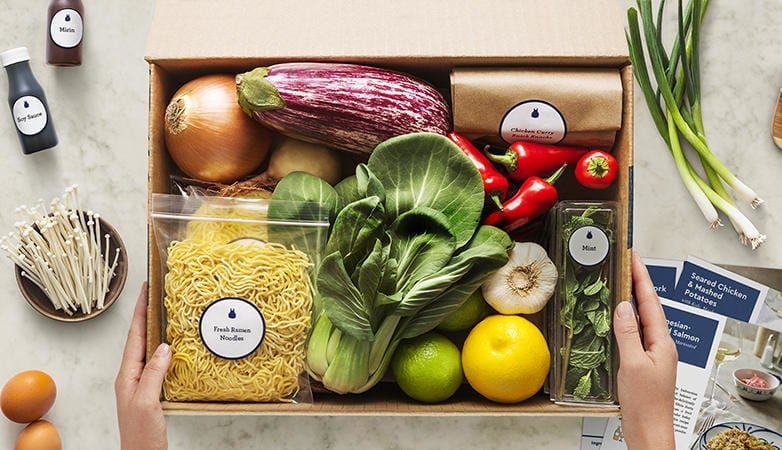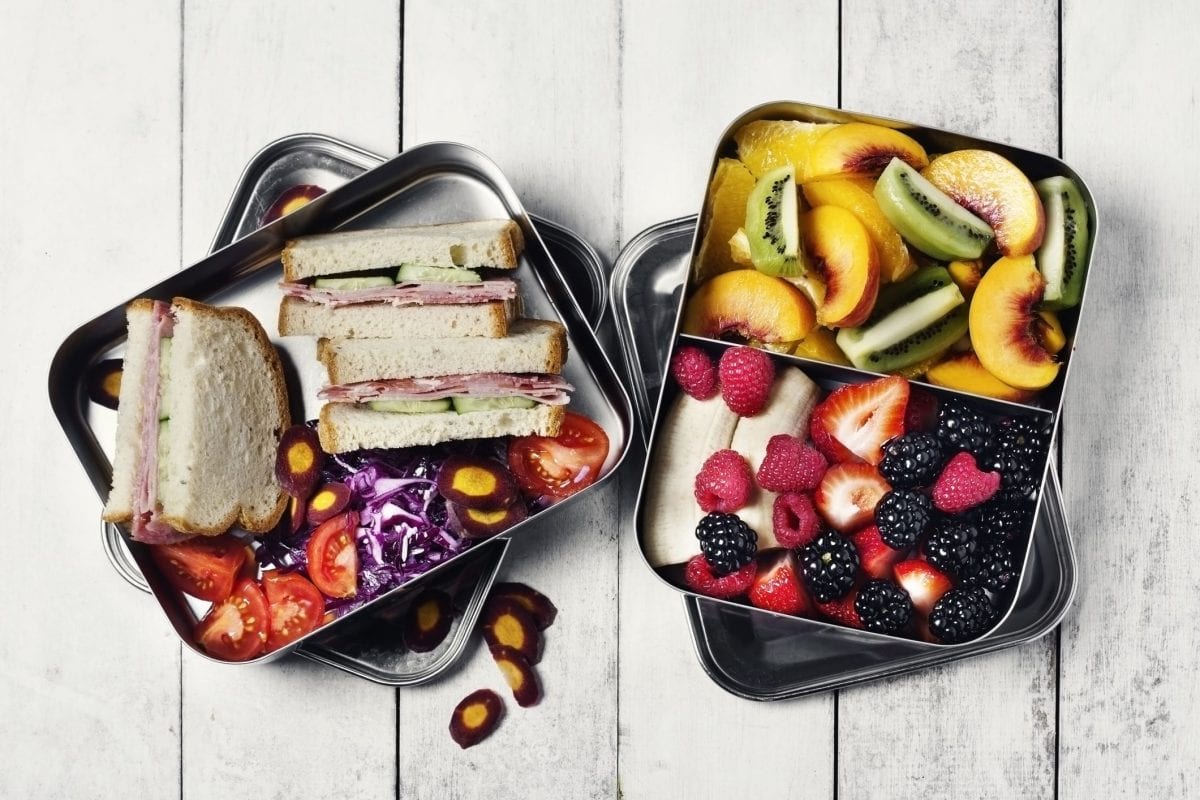It comes as no surprise that people in North America eat way too much. The FAO (Food and Agriculture Organization) compiled a daily caloric intake report that found Americans consume an average of 3,600 calories per day. This statistic needs to be evaluated alongside multiple factors including your activity level, your age, and your weight.
The short and sweet of it is as follows: sedentary individuals require fewer calories than active individuals. If you consume more calories than you’re burning up, you will gain weight. If you consume fewer calories than you need, you will lose weight. This rudimentary introduction to caloric requirements naturally lends itself to a discussion of dietary intake.
What foods are Americans consuming that are packing on the proverbial pounds? Doctors says it’s all the wrong foods. Studies suggest that people with a high daily caloric intake are getting it from fast foods, fatty foods and sweets. There is a shocking absence of whole foods, fresh produce, proteins and other essential vitamins and nutrients.
The recommended daily intake amount for sedentary males is up to 2,600 calories and up to 2,000 calories for females. Processed foods like chicken, sausages, fatty pork and hot dogs are the major culprits. Fortunately, there are many viable healthy-eating alternatives.
Steamed vegetables, diced fruit, and lean meats are the way to go. Overall though, Americans are eating way too much food per serving and this is contributing to the obesity epidemic. This begs the question: How are eating habits south of the border affecting Canadians? To answer this question, it’s important to understand that these dietary findings are starting to hit home with Americans.
Nowadays, people are turning away from sodas and highly-processed foods in favor of healthier and more nutritious eating options. A report in WebMD found than more Americans are eating better than in earlier years, but are still lagging when it comes to consuming the ‘ideal’ diet. These ideal diets are low in saturated fats and salt. They include substantial amounts of vegetables, whole grains and fish.
Switch to Healthy Eating with Meal Kits

It takes a conscious effort to eat the right balance of foods on a daily basis. This typically requires the purchase of farm fresh produce and other nutrient-rich foods. To this end, meal kits companies have come into the reckoning. These companies are the DIY alternative for folks wanting to serve up healthy and wholesome foods day in, day out.
The ingenious concept of a meal kits service was designed to offer restaurant-quality, healthy food to anyone preparing food at home. Rather than shopping for your own ingredients at the grocery store, you can simply select a range of meals from a reputable meal kits company and have everything delivered fresh to your home.
Canadians have taken a leaf out of the American playbook and are turning to meal kits services in increasing numbers. Forbes Magazine inked an article in December 2018, detailing the popularity of meal kits. Described as kits consisting of ‘ingredients to cook a meal’, consumers simply use the instructions to slice and dice the ingredients to cook up a delicious meal. In 2017 alone, Packaged Facts (research firm) found that the meal kit market in the US totaled $2.6 billion, and rose to $3.1 billion in 2018.
Research suggests that these figures will continue increasing for several years. In Canada, these meal kit companies are catching on fast. While the US market is far larger, Canada’s annual sales recently topped $120 million. Canada’s meal kits market is now being enjoyed by 4% of households (Nielsen) and there is plenty of upward momentum. Consumers in the US and Canada do not enjoy frequenting grocery stores too often, so meal kits are the perfect solution.
The increasing popularity of meal kits in Canada is evident in many provinces including Calgary and Edmonton. These often-overlooked rural areas have been quick to pick up on this healthy new way of eating. Several meal kits companies are making waves in Calgary and Edmonton, including HelloFresh, Goodfood, Chef’s Plate, SPUD and Rooted. Calgarians and Edmontonians typically enjoy farm fresh produce, farm fresh and organic foods.
The main reasons Canadians are turning to meal kits include the following:
- To save time on shopping for groceries (31%)
- Meal kits services are shipped directly to home (32%)
- Preparing and cooking meal kits saves time over traditional cooking (39%)
- Meal kits are a great alternative to daily meal planning (43%)
Ready-made meals are enticing, but people enjoy preparing and cooking their own food. There is a sense of involvement and accomplishment associated with using meal kits. You get to see what ingredients are used and in what combinations. The satisfaction of preparing a home-cooked meal is the driving force behind the runaway success of this healthy-eating option. Meal kits cater to one and all, with dairy free, gluten free, vegan, vegetarian, pescatarian and other options available. Ample diversity is available to customers and this bodes well for the ongoing adoption of meal kits services.








